By Barbara Blackburn, PhD
Remote learning has increased in popularity with schools. As we talk about instruction in the remote classroom, we tend to discuss the logistics or tools that will help us teach. Sometimes, focusing on ensuring rigor is forgotten. Another issue is that everyone seems to have a different understanding of what rigor means, especially what it looks like in the remote learning classroom. In this article, we’ll look at a definition of rigor and key beliefs related to rigorous remote learning. Then, we’ll turn our attention to three aspects of rigor: expectations, scaffolding and demonstration of learning.
First, if you have read any of my books or articles, you know I take a comprehensive approach to rigor. It is not simply increasing the number of problems to be solved or even just “making it harder”.
Rigor is creating an environment in which each student is expected to learn at high levels, each student is supported so he or she can learn at high levels, and each student demonstrates learning at high levels (Blackburn, 2018).
When we consider each of the aspects of rigor, including expectations, scaffolding and support, and assessment, that helps us look at remote learning through a new lens, one that views technology as a tool to increase rigor, not as an obstacle to it.
Based on my decades of experience in education, and my years of experience teaching remotely, I have found there are eight core beliefs to support student learning in a remote setting.
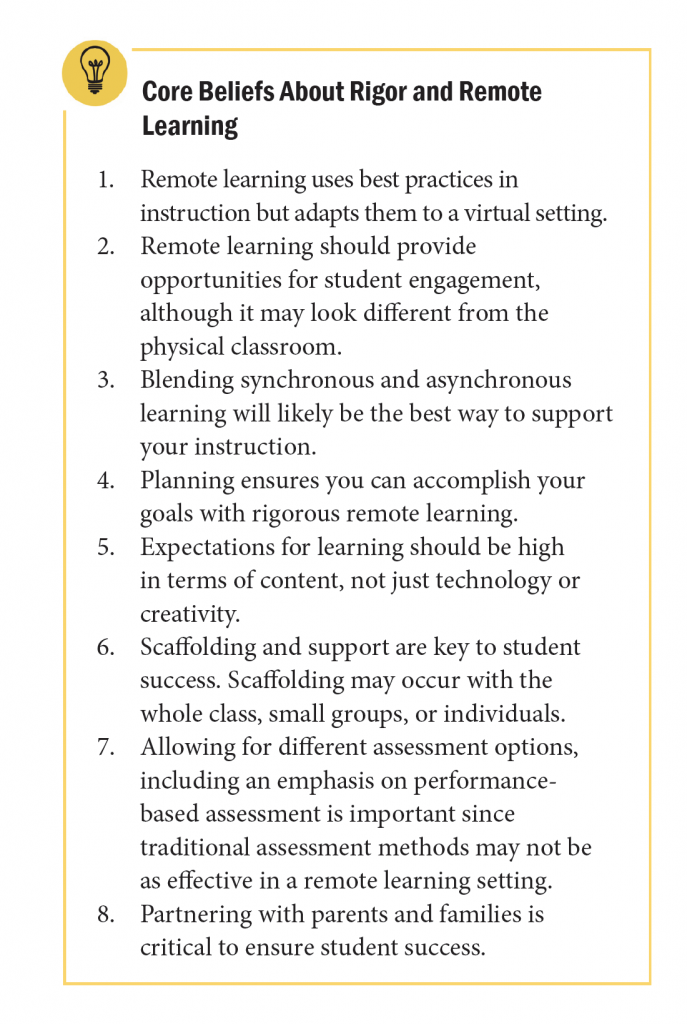
Notice how these blend with the definition of rigor. A key point is you do not need to discard all your instructional practices. Rather, adapt what works to the remote learning setting. Now, let’s consider practical strategies and tools to ensure rigor in your remote classroom.
Expectations
It’s important to ensure students are held to high expectations, not just in terms of technology and independent learning, but in terms of content. For example, rather than having students solve a computational problem about volume, look at this alternative.
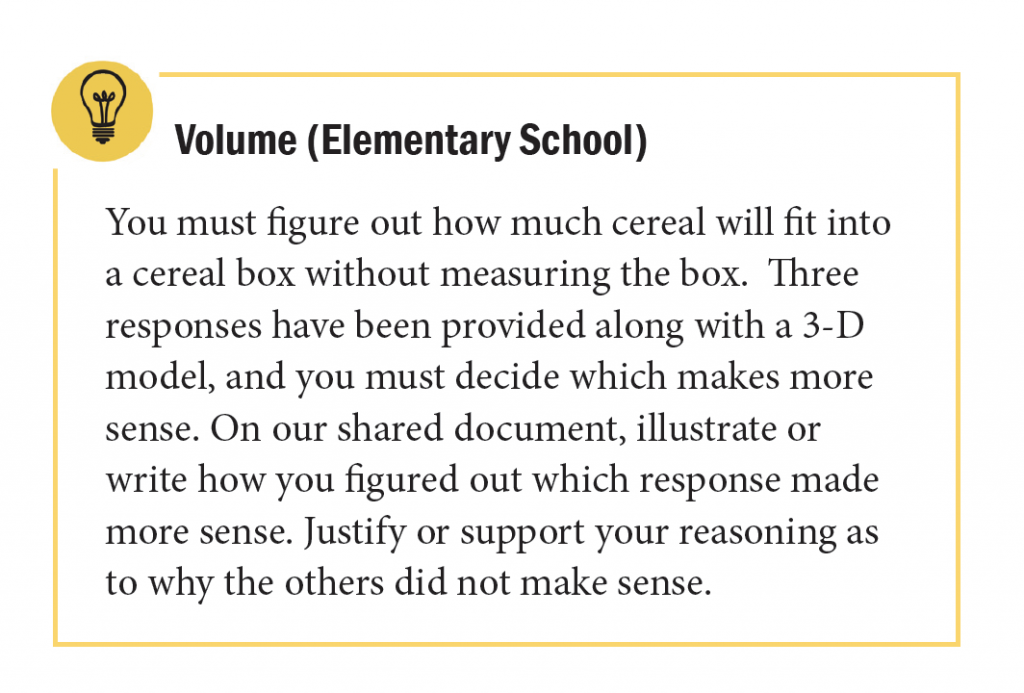
There are several characteristics of a rigorous assignment reflected above. First, students are required to recognize and explain misconceptions, which is an aspect of reasoning as they consider the appropriateness of the solutions to the problems. Next, they must verify the reasonableness of their answers and provide a sound argument in support of their response that elaborates on the real-life situations.
Support and Scaffolding
Providing support and scaffolding to students is a critical part of rigor. In fact, the higher the level of rigor, the higher the need for support. Graphic organizers are an effective way to help students organize information as well as processing that information.
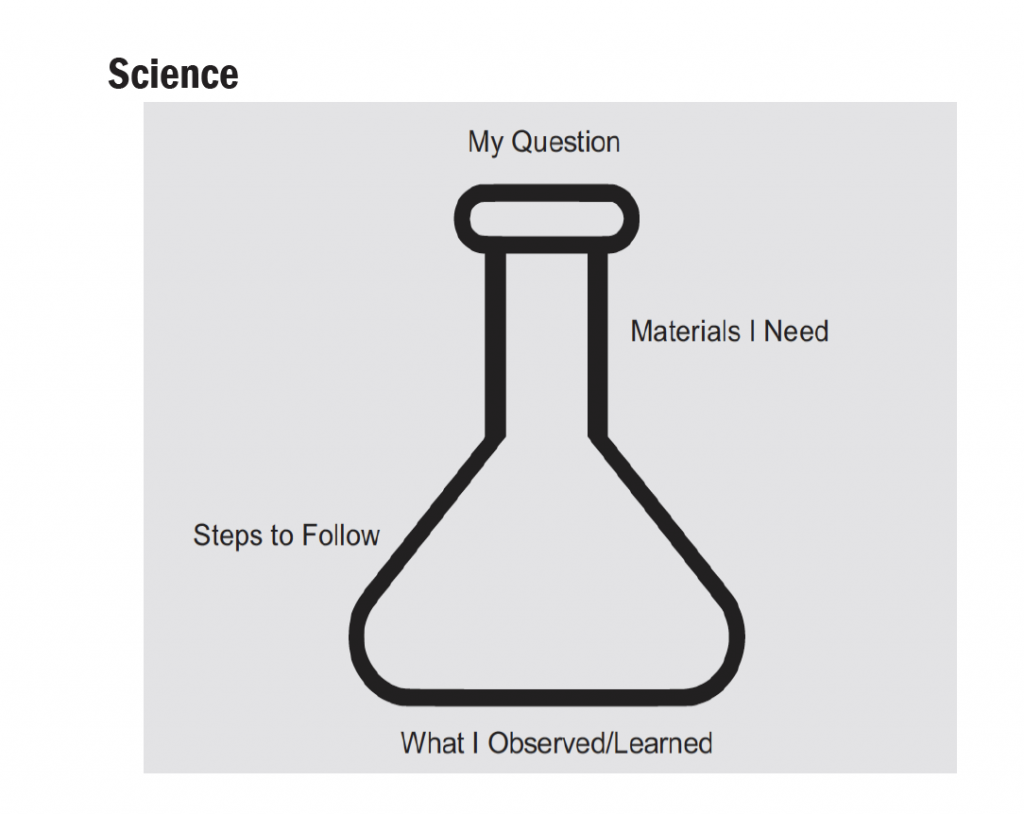
In a remote learning setting, you can ask students to complete organizers on their own or in a shared document. Or, you may post it as a reminder for those who need it.
A specific type of graphic organizer is a mind map or concept organizer. Students can organize their thoughts by category, which helps them explore a concept in more depth. There are a variety of online tools students can use to create their own.
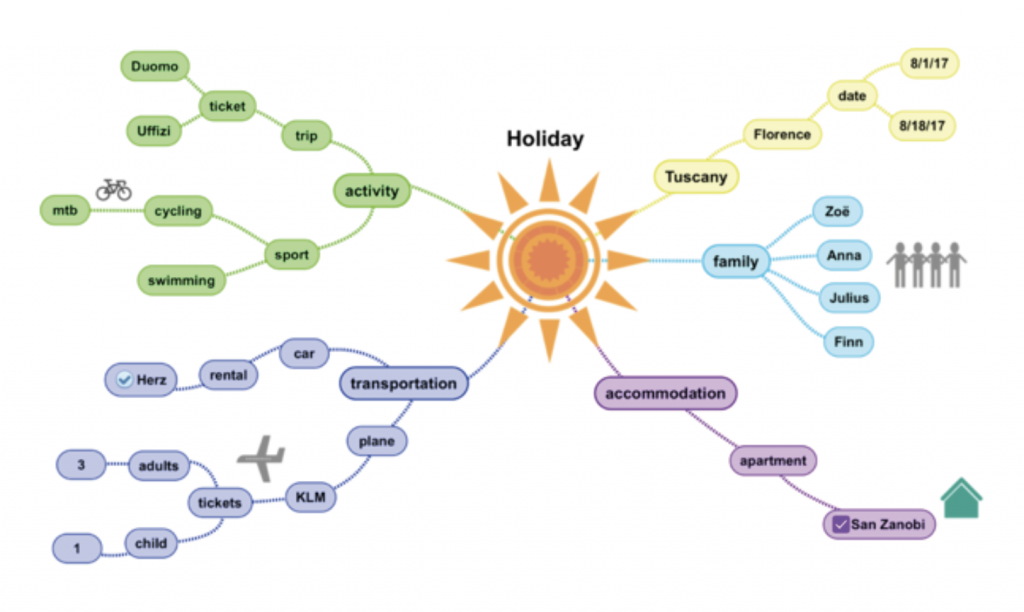
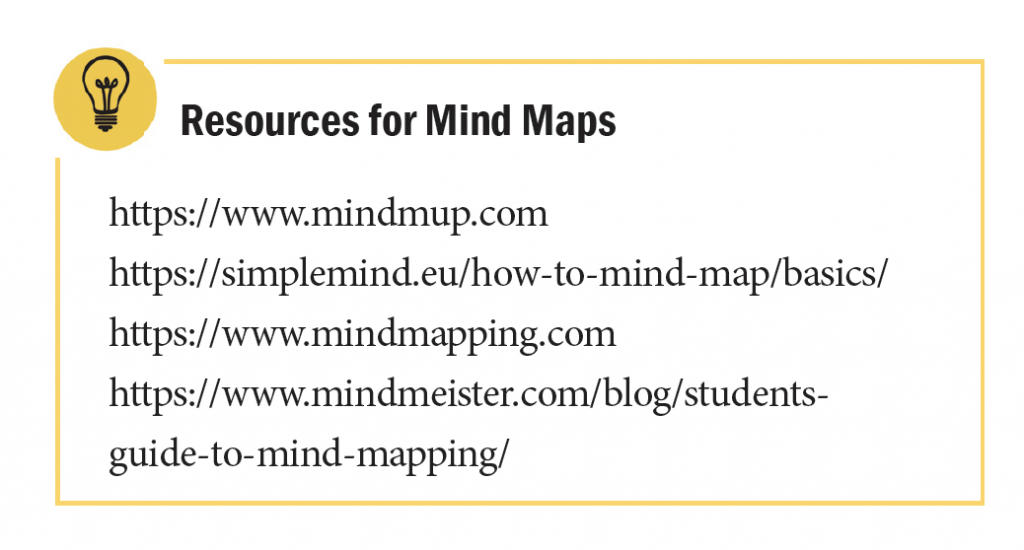
Demonstration of Learning or Assessment
Finally, in order to determine if students are learning at higher levels, we need to assess their progress, both in formative and summative ways.
Formative
Sketch It Out/Describe It
Many students enjoy using pictures to demonstrate their learning. In some cases, they will actually demonstrate learning at a higher level than if they write their answers, and for primary students, it is more appropriate. In Sketch It Out, students draw their responses to a prompt. Apps such as You Doodle and Kids Doodle provide students a technology-based option for this activity.
Four Corners
You can also use written chat rooms using Flipdgrids or YoTeach, which provide for an academic version of four corners. You may ask students to go to Chat Room 1 if they strongly support the actions of Stanley Yelnats in Holes, Chat Room 2 if they agree, Chat Room 3 if they disagree or Chat Room 4 if they strongly disagree. They must have a rationale for their decision based on textual evidence. Similarly, you could use Four Corners to review information.
After teaching about Ancient Egypt, you could assign students at random to one of four corners to collaborate with new group members: Chat Room 1—religion/gods; Chat Room 2—Pharoahs/mummies; Chat Room 3—architecture/pyramids; Chat Room 4—government/social classes. These groups return to the general chat to share out, at which point you can address any major points that have been missed and correct any misunderstandings. This is also an excellent option for allowing students to create multiple-choice questions for other groups.
This is also a good opportunity to mention live virtual breakout chat rooms, such as those incorporated in Zoom. While beneficial, they are difficult to monitor simultaneously. Many school or district policies require continual monitoring. Check with your school or district to see if breakout chat rooms are an option.
Exit Slips
One of the most common formative assessment strategies to use after a lesson is an exit slip. No matter what type of exit slip you are using, you’ll want to find a way to manage the information. With today’s technology, there are a variety of ways to collect exit slip information from your students. With any mobile device, students can access a digital platform and immediately push answers out to the teacher, who then has the ability to display the class thinking as a whole on the screen or choose a select few to further discuss.
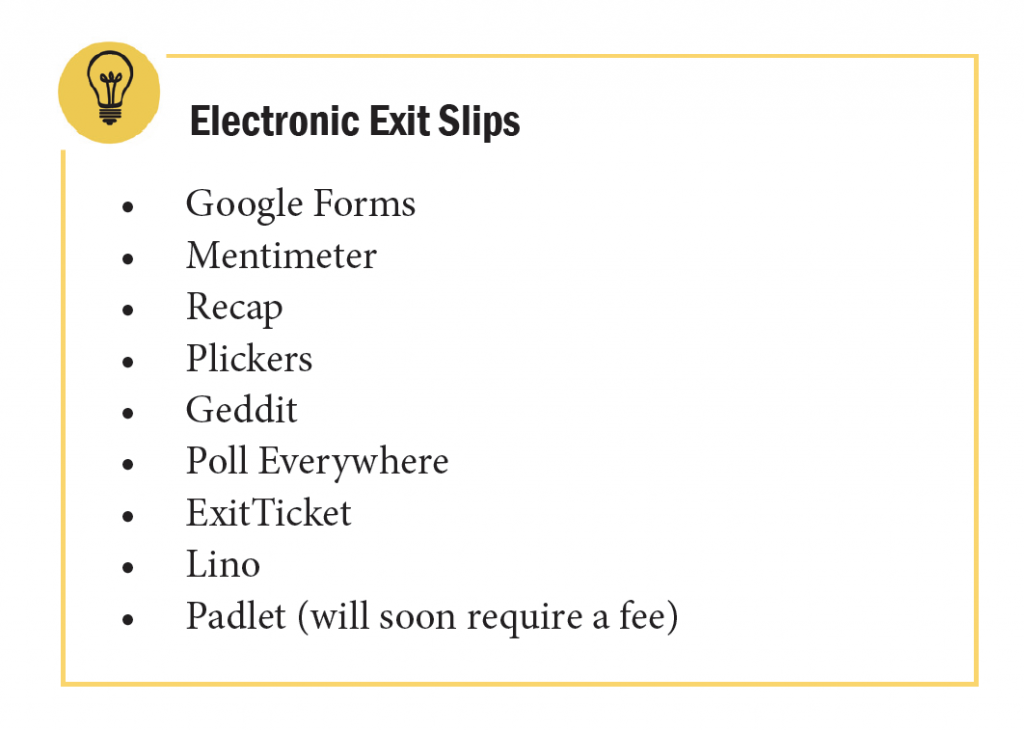
Summative
Finally, let’s look at two types of summative assessments: multiple choice tests and performance-based assessments.
Multiple-Choice Tests
Multiple-choice tests are probably the most common tests in classrooms across the nation. Although due in part to preparation for standardized tests, they are also easy to score. They also apply to a wide range of cognitive skills, including higher order thinking ones. Finally, incorrect answers, if written correctly, can help you diagnose a student’s problem areas. Disadvantages include that the questions can’t measure a student’s ability to create or synthesize information, and that students can guess an answer.
There are several ways to write multiple-choice questions that allow you to increase the rigor. First, choose a question that moves beyond basic recall. Next, create choices for the stem that are clearly correct or incorrect without making them too easy. In other words, if we provide examples that are clearly off topic, it makes it easier for students to guess. Although some teachers do not like to use “all of the above,” “none of the above,” or “a and d” options, I do find they require older students (grades four and up) to think at a higher level. Remember, you know your students; adapt our suggestions so they match your students’ needs.
Let’s look at an elementary math example to apply these principles.
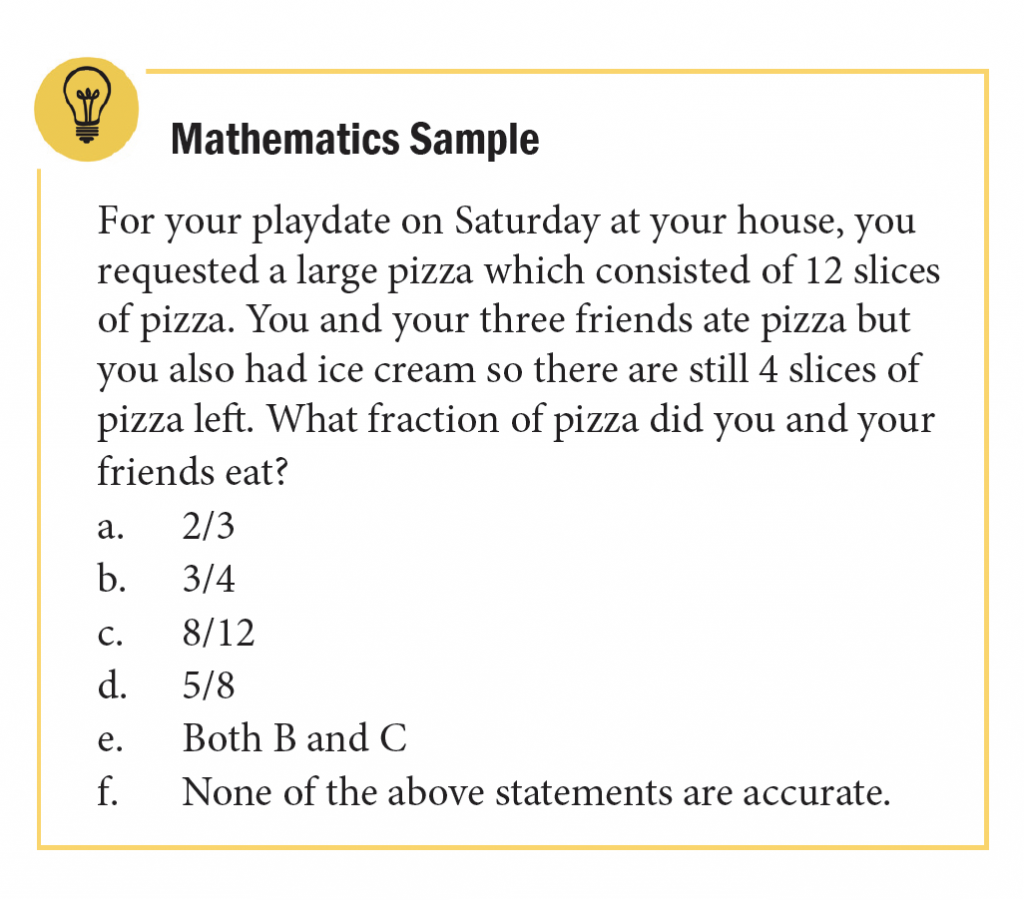
If you want to use multiple-choice tests, there are a variety of tools to do so electronically.
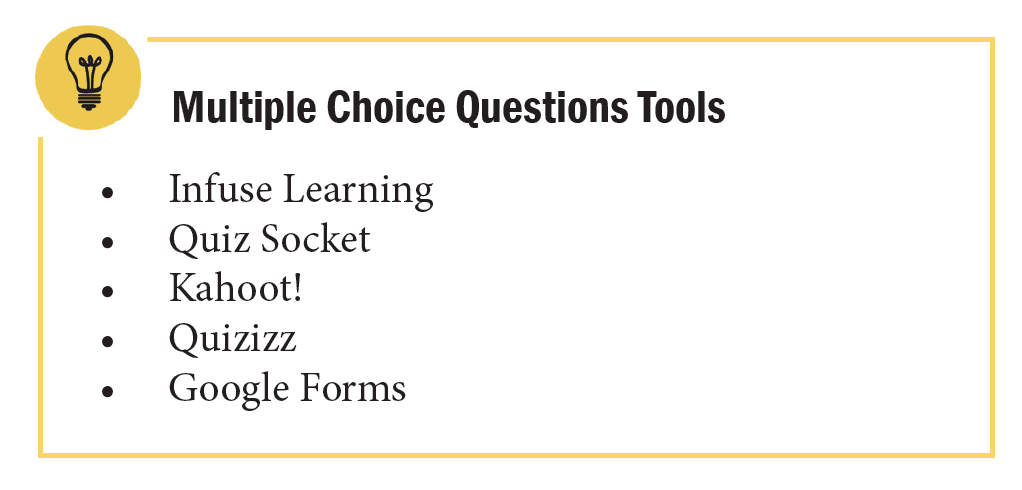
Performance-Based Assessments
Finally, performance-based activities can provide a deeper perspective of a student’s understanding. There are times you will want students to work together in groups, and other times you will ask students to complete an assignment individually. In the art sample below, students would work independently.
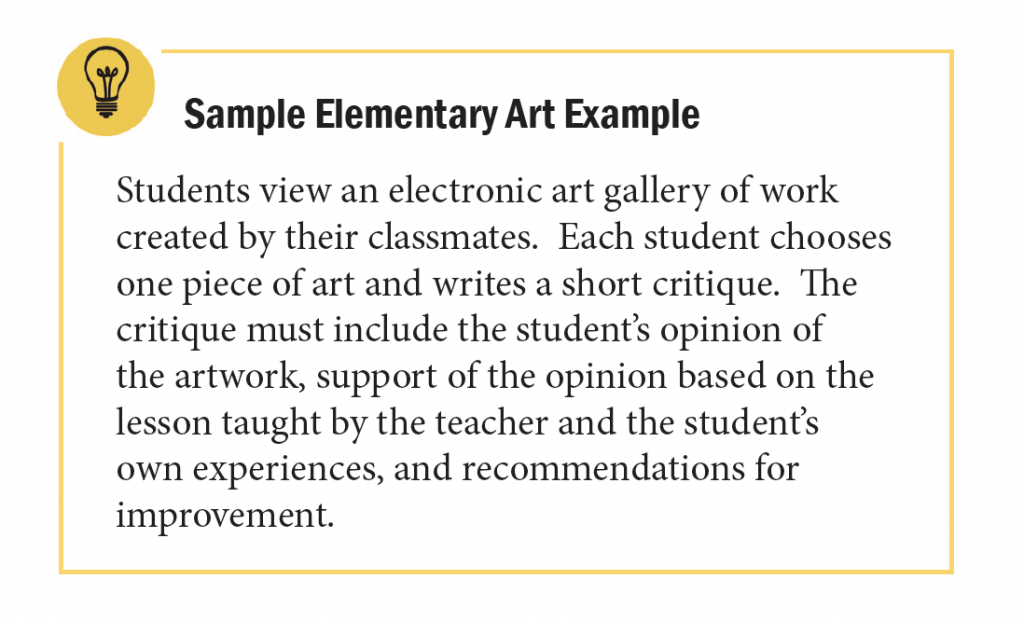
A Final Note
Helping teachers understand how they can ensure rigorous instruction in remote learning is a critical part of your role as a leader. In addition to sharing the information from this article, I’d recommend two steps.
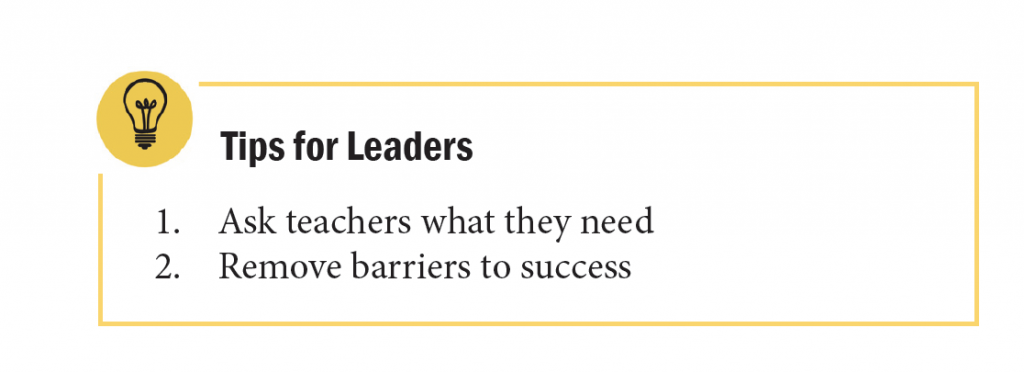
When you understand what your teachers need, and then help them to succeed, you will find that your remote learning instruction, and then your students’ learning will soar!
Dr. Barbara Blackburn was named one of the Top 30 Global Gurus in Education. She is a best-selling author of more than 20 books including “Advocacy from A to Z” written with Robert Blackburn (her dad) and Ron Williamson. An internationally recognized expert in the areas of rigor and motivation, she collaborates with schools and districts for professional development.
TEPSA Leader, Fall 2020, Vol 33, No. 4
Copyright © 2020 by the Texas Elementary Principals and Supervisors Association. No part of articles in TEPSA publications or on the website may be reproduced in any medium without the permission of the Texas Elementary Principals and Supervisors Association.


